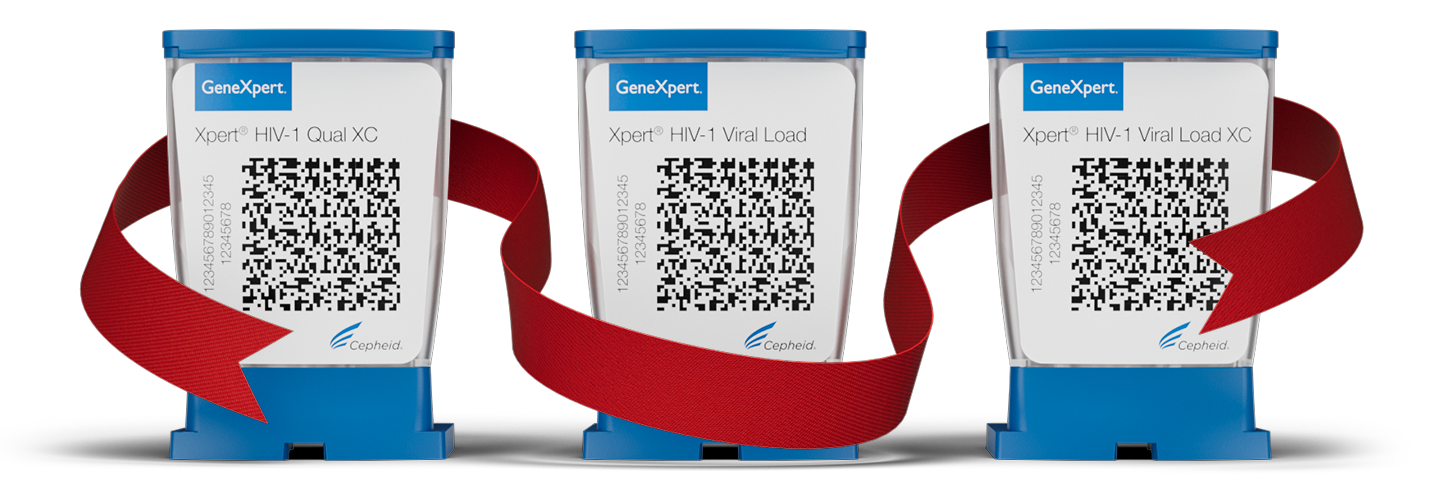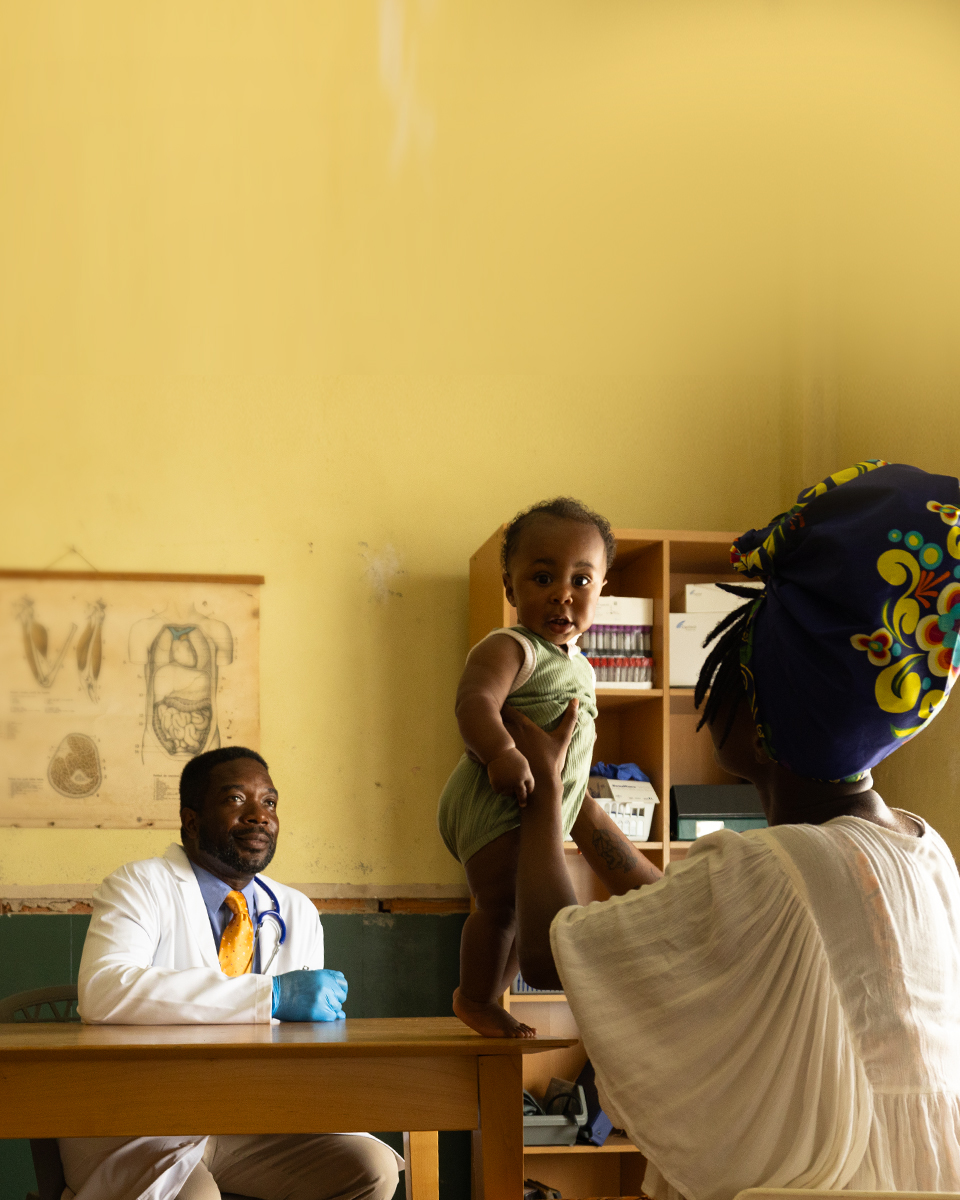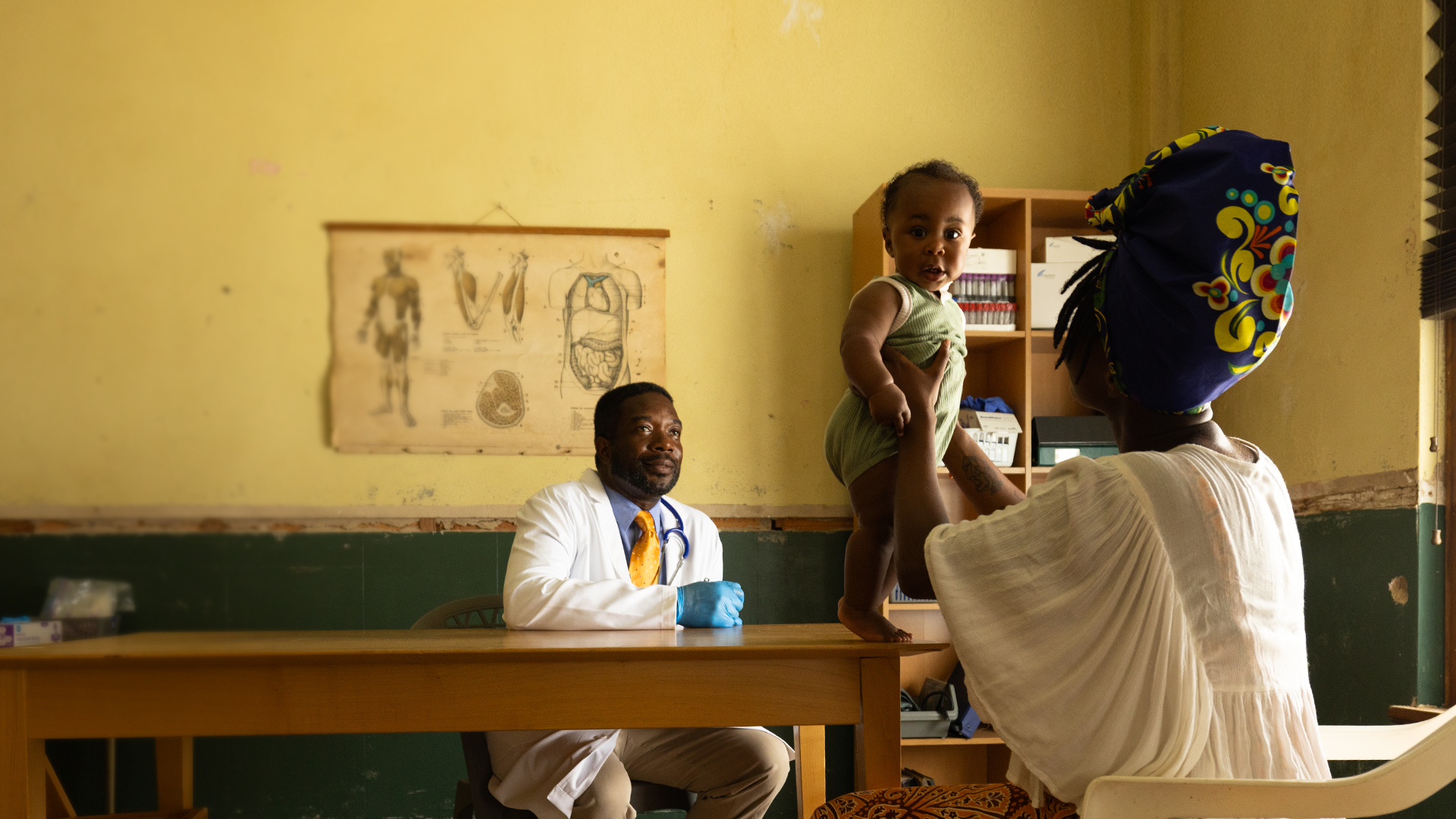Global HIV/AIDS Situation
Worldwide, close to 40 million people live with HIV— the virus that causes AIDS.1 Yet in recent years, new options for self-testing, pre-exposure prophylaxis (PrEP), highly effective antiretroviral therapy (ART), and programmatic advances have changed the trajectory of the epidemic. People can now live full, healthy lives with HIV when they have access to testing, treatment, and continuous care.
However, this progress has been jeopardized by COVID-19, and some of the most vulnerable populations, including those in low- and middle-income countries, are being left behind. To meet the Joint United Nations Programme on HIV/AIDS’ (UNAIDS) 95-95-95 targets by 2025 and eliminate HIV/AIDS by 2030, reaching these communities with people-centered solutions is critical.
| 70% | 15% |
| Adolescent girls, young women, and key populations account for more than 70% of new HIV infections.2 |
Globally, 15% of people with HIV do not know they are infected, and this diagnostic gap is much greater for groups who face significant barriers to care.3 |
Cepheid’s Commitment to Help End HIV/AIDS
Cepheid is dedicated to equitable access to molecular testing worldwide. After launching Xpert® MTB/RIF for tuberculosis (TB) in 2009, Cepheid quickly pivoted to bring a HIV test to market to address the high double burden of TB and HIV. People living with HIV (PLWH) are 18 times more likely to develop TB than the general population.4 We have subsequently expanded our menu of HIV tests to address the needs of specific populations and point-of-care settings, in line with the latest recommendations from the World Health Organization (WHO) and clinical evidence.
The evidence supporting point-of-care testing is robust:
Early Infant Diagnosis (EID) with Point-of-Care Testing5
| Point-of-care testing | Standard-of-care testing (centralized laboratory) |
|
|---|---|---|
| Time from sample collection to results received by infants’ caregivers |
0 Days | 35 Days |
| Percent of infants started on therapy within 60 days of testing |
93% | 51% |
Point-of-Care Viral Load for Treatment Monitoring5
| Point-of-care testing | Standard-of-care testing (centralized laboratory) |
|
|---|---|---|
| Percent of time same-day results available to clinicians |
99% | < 25% |
| Percent of time same-day results available to patients |
99% | < 1% |
| Percent of patients identified as having unsuppressed viral loads who initiate second-line therapy after testing |
100% | 44% |
| Percent of patients retained in care and achieving viral suppression after 12 months of follow-up |
90% | 76% |
"A test that can deliver early diagnosis of HIV infection in high-risk patients and infants, and can also be run on diagnostic systems that are already in use for TB diagnosis has the potential to transform the way the two diseases are managed." 6
Improving HIV Diagnostics: Stories from the Field

Rapid HIV testing for mothers and babies in rural Tanzania is improving health outcomes

Rapid HIV testing for mothers and babies in rural Tanzania is improving health outcomes
Current HIV Diagnostic Solutions
Cepheid’s HIV tests address diagnostic needs across the patient journey, from initial diagnosis to treatment monitoring. Paired with our GeneXpert systems—uniquely designed to support near-patient testing—our HIV tests can reach the priority and key populations that are missed by conventional, centralized testing methods.

|
Xpert HIV-1 Qual XC | Xpert HIV-1 Viral Load | Xpert HIV-1 Viral Load XC |
Supports the Following |
• Early infant diagnosis (EID)
• Aid in diagnosis of acute infections and inconclusive rapid test results
• Aid in diagnosis prior to PrEP initiation |
Treatment monitoring for individuals infected with HIV, including key and priority populations (estimated 20% of all PLWH6) | Treatment monitoring for individuals infected with HIV, including key and priority populations (estimated 20% of all PLWH6) |
| System Compatibility | GeneXpert-II, IV, XVI; GeneXpert Infinity-48 and -80; GeneXpert Edge | GeneXpert-II, IV, XVI; GeneXpert Infinity-48 and -80; GeneXpert Edge | GeneXpert-II, IV, XVI; GeneXpert Infinity-48 and -80; GeneXpert Edge |
| Operating Requirement | 6-color or 10-color | 6-color or 10-color | 6-color or 10-color |
| Regulatory and WHO Status |
• CE marked
• WHO prequalification (PQ) process underway |
• CE marked
• WHO prequalified (PQ) |
• CE marked
• WHO prequalification (PQ) process underway |
| Sample Type | Capillary or venous whole blood or dried blood spot | Plasma | Plasma |
| For More Information | Xpert HIV-1 Qual XC product page |
Xpert HIV-1 Viral Load product page | Xpert HIV-1 Viral Load XC product page |
Pricing Information: Cepheid offers all-inclusive Global Access Virology pricing as a comprehensive price-per-patient-test to help national programs increase testing capacity and strengthen integrated, multi-disease testing capabilities.
Resources
Below is a selection of links to key peer-reviewed publications and leading organizations that continue to inform Cepheid’s approach to bringing HIV testing to people everywhere.
Key Publications:
Global Organizations:
CE-IVD. In Vitro Diagnostic Medical Device. May not be available in all countries. Not available in the United States.
Sources
1. WHO. HIV and AIDS. Updated 19 Apr 2023. Accessed Jul 2023. https://www.who.int/news-room/fact-sheets/detail/hiv-aids
2. USAID. Key Populations: Achieving Equitable Access to End AIDS. 23 May 2022. Accessed July 2023. https://www.usaid.gov/global-health/health-areas/hiv-and-aids/technical-areas/key-populations
3. WHO. Key facts HIV. Jul 2022. Accessed Jul 2023. https://cdn.who.int/media/docs/default-source/hq-hiv-hepatitis-and-stis-library/key-facts-hiv-2021-26july2022.pdf?sfvrsn=8f4e7c93_5#:~:text=Currently%2085%25%20%5B75%E2%80%9397,they%20are%20infected%20with%20HIV.
4. USAID. TB/HIV. Accessed Jul 2023. https://www.usaid.gov/global-health/health-areas/tuberculosis/tbhiv
5. WHO. Consolidated guidelines on HIV prevention, testing, treatment, service delivery and monitoring: recommendations for a public health approach. 16 Jul 2021. Accessed Jul 2023. https://www.who.int/publications/i/item/9789240031593
6. Cepheid. Cepheid and FIND Announce European Approval of Xpert HIV-1 Qual. Press Release. 16 Apr 2015. Accessed Jul 2023.
7. CHAI. 2021 HIV Market Report. October 2021. Accessed Jul 2023. https://www.clintonhealthaccess.org/wp-content/uploads/2021/10/2021-CHAI-HIV-Market-Report.pdf





